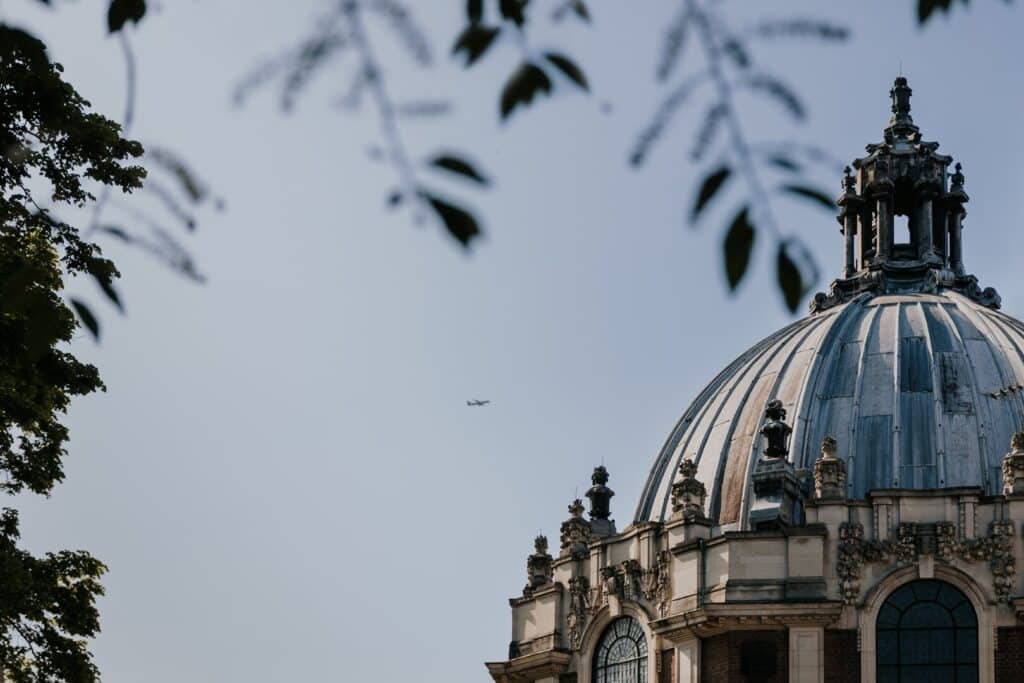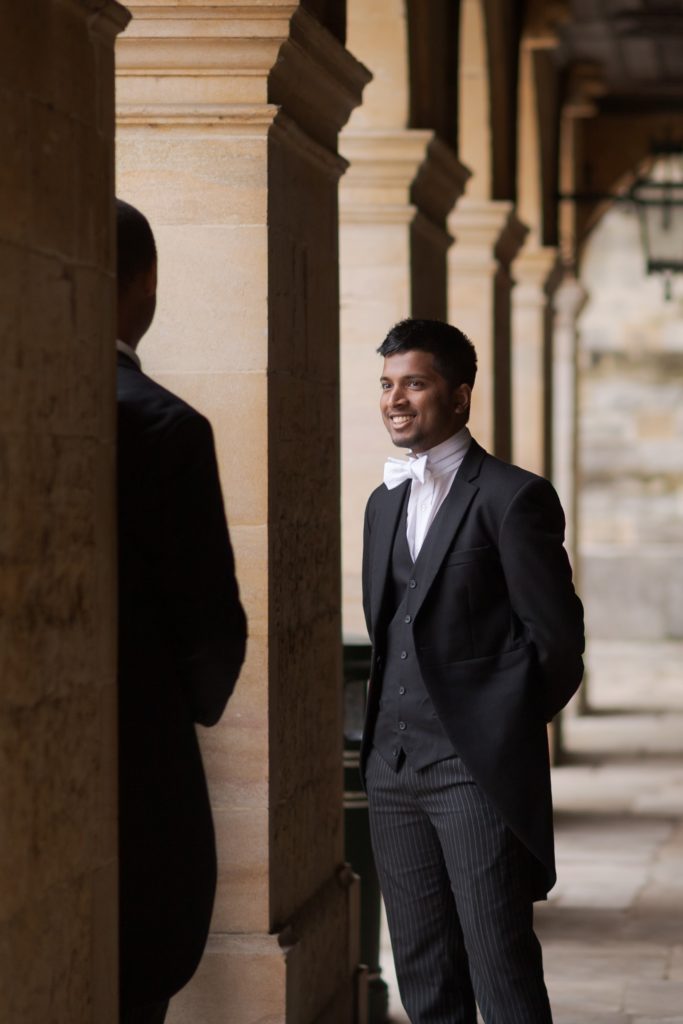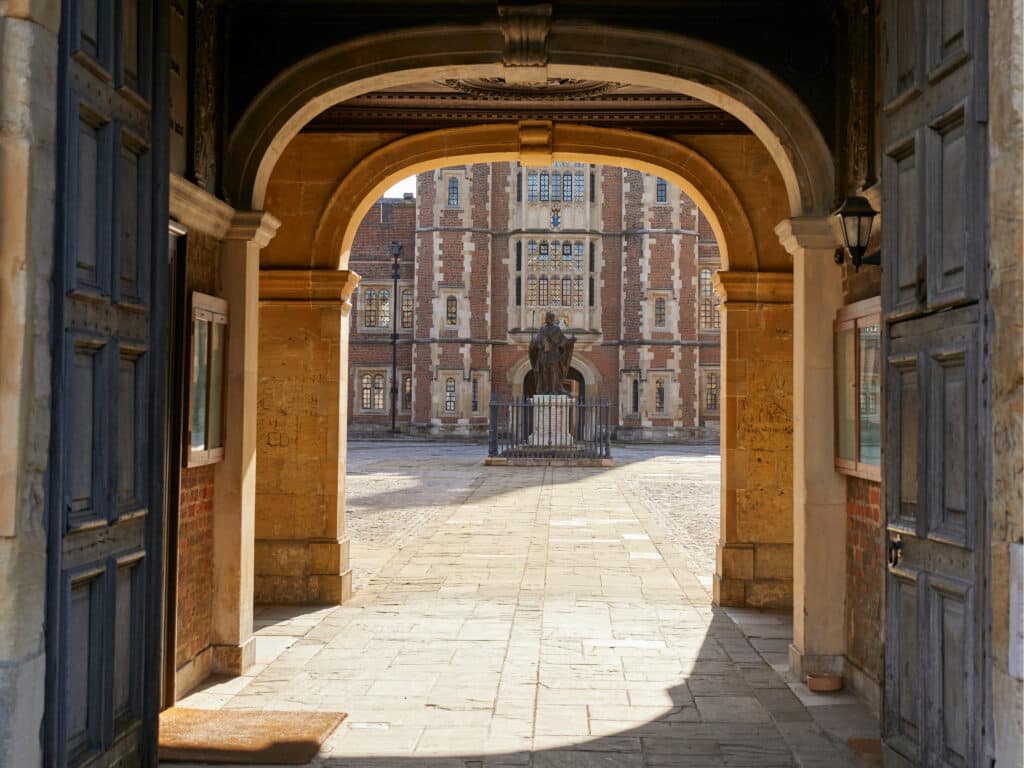The Joseph Banks Society ‘Building for the Desert: Football stadia in Qatar’
On Thursday 8 March, the Joseph Banks Society was privileged to welcome Dimitris Argyros and Paul Matthews from Arup Associates, an architectural and engineering company that has worked on the likes of the Manchester City Stadium, the Barbados Cricket Ground and the Johannesburg Athletics Stadium. Although the focus of the evening was the 500-seater, 7-a-side Showcase Stadium that was presented to FIFA as a key part of Qatar’s successful 2022 football World Cup bid, Mr Argyros and Mr Matthews began by accessing Arup’s strategy. Contrary to the traditional architect-engineer relationship, whereby the architect would ask the engineer to make something a reality, Arup works by its own ‘Total Architecture’ ideal whereby ‘all relevant design decisions have been considered together and have been integrated into a whole by a well organised team’ (Ove Arup, founder).
Thus Mr Argyros, being the architect, and Mr Matthews, being the engineer, worked in close proximity in order to design and build the Showcase Stadium in what would otherwise have been an overly-ambitious and, quite frankly, totally unrealistic time frame of just six months. Since the project had to prove that hosting a sporting event of such great proportions in the middle of a desert could be sustainable, the achievement was astonishing. They had to factor in the sun, for its extreme heat and its positioning in the sky at different times of the day (the first matches would kick-off at 4:30pm and the latest at 9:00pm), an often faulty National Grid, huge sand-storms, local geography, material availability and FIFA regulations. In the end, Mr Argyros settled on a cactus-inspired design (such inspiration is called “biomimicry”) that featured moving walls and a moving roof. Furthermore, the roofs themselves included tent-like structures that could be adjusted in order to minimise/maximise the amount of sunlight seeping through the fabric they were made from, and air-flow and temperatures inside the stadium were regulated by a complex system of heat exchangers that started with a solar thermal farm. In this way, Mr Matthews achieved the FIFA standard for player & spectator comfort, despite the 50 degree (Celsius) heat of the Qatari summer. Alongside the solar thermal farm was built a photovoltaic one that would feed electricity into the grid on non-match days, claiming back its electricity on match days and hence increasing its sustainability and cost-effectiveness. Indeed, the Showcase plan included a carbon-zero aim, which it demonstrated was possible, though one boy smartly asked how the project could be scaled up if one 500-seat stadium already takes up so much land area. I guess we can only wait and see, albeit a ten year long wait, though what really matters for Arup and Qatar is that the stadium persuaded FIFA of the bid’s viability.
The Joseph Banks Society would like to thank Mr Argyros and Mr Matthews for their enthusiasm and thoroughness in covering all aspects of the Showcase Stadium in so short a space of time, as well as for answering our probing questions and for so kindly offering us a visit to Arup’s headquarters.
Peregrine Dunn OS (SMM)



